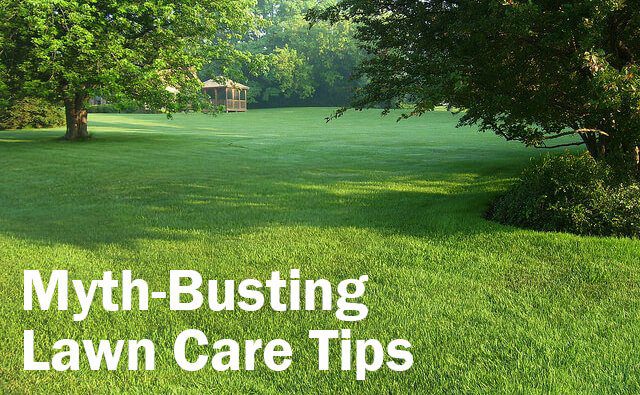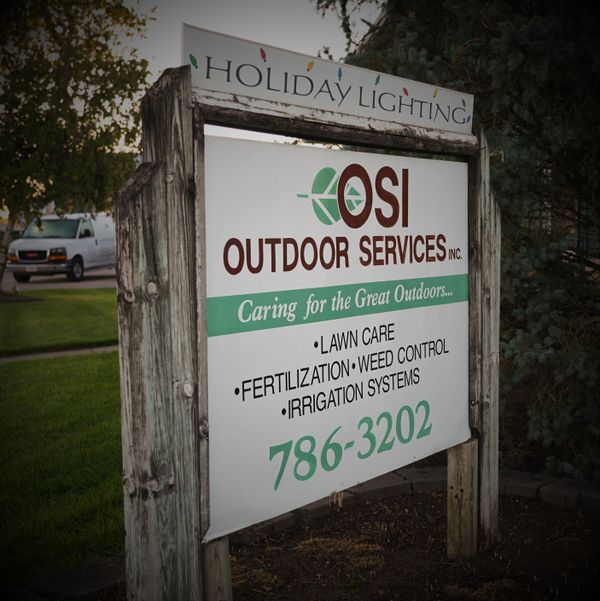A lush, green lawn is every homeowner’s dream. However, maintaining it can be a challenging task. The use of synthetic fertilizers and pesticides can harm the environment, affecting the health of your family and pets. That’s where good nature lawn care comes into play. By using eco-friendly and sustainable practices, you can achieve a beautiful and healthy lawn without harming the environment. In this article, we will discuss everything you need to know about good nature lawn care.
Why Choose Good Nature Lawn Care for Your Lawn?

Benefits of Good Nature Lawn Care
- Environmentally friendly
- Healthier for your family and pets
- Cost-effective in the long run
- Improves soil health
- Promotes biodiversity in your lawn
Common Chemicals Used in Traditional Lawn Care
| Chemical Name | Harmful Effects |
|---|---|
| Glyphosate | Linked to cancer, birth defects, and environmental damage |
| 2,4-D | Can cause skin irritation, respiratory problems, and liver damage |
| Imidacloprid | Toxic to bees, birds, and aquatic life |
| Fungicides | Can cause allergic reactions, respiratory problems, and have negative impacts on beneficial insects |
Understanding Your Lawn

Before delving into good nature lawn care practices, it is essential to understand your lawn’s needs and its specific characteristics. Here are some factors that affect your lawn’s health:
Soil Type
Different types of soil have varying levels of nutrients and drainage. For instance, sandy soils have poor nutrient retention, while clay soils tend to hold too much water.
Climate
The climate in your area plays a crucial role in determining which grass species will thrive in your lawn. Factors such as temperature, rainfall, and humidity all contribute to your lawn’s health.
Sun Exposure
The amount of sunlight your lawn receives will also affect the type of grass that will grow best. Some grass species thrive in full sun, while others require partial shade.
Good Nature Lawn Care Practices

Now that you have a better understanding of your lawn’s needs let’s explore some good nature lawn care practices that will help you achieve a beautiful and healthy lawn.
1. Use Organic Fertilizers
Instead of chemical-based fertilizers, opt for organic alternatives such as compost, manure, or seaweed-based products. These natural fertilizers provide nutrients to your soil without harming the environment.
Benefits of Organic Fertilizers
- Improves soil structure and drainage
- Slow-release of nutrients over time
- Increases biodiversity in the soil
- Safe for children and pets
2. Practice Proper Mowing Techniques
Mowing is an essential part of lawn care, but it is crucial to do it correctly. Avoid cutting your grass too short as it can lead to stress and make it more susceptible to disease and pests. A general rule is to never remove more than one-third of the grass blade’s height at a time.
Tips for Proper Mowing
- Mow when the grass is dry
- Keep your mower blades sharp
- Change mowing patterns regularly
- Leave grass clippings on the lawn (they act as natural fertilizer)
3. Aerate Your Lawn
Aeration involves creating small holes in the soil to allow air, water, and nutrients to penetrate deeper into the root zone. This process helps alleviate compaction and allows your grass roots to grow stronger.
Signs That Your Lawn Needs Aeration
- Puddles of water forming on the surface after rain
- Thatch layer thicker than half an inch
- Heavy foot traffic on the lawn
4. Overseed with Native Grasses
Overseeding is the process of adding new grass seed to your existing lawn. By using native grasses, you can create a diverse and resilient lawn that is better adapted to your local climate and soil conditions.
Benefits of Overseeding with Native Grasses
- Improved resistance to pests and diseases
- Reduced water and fertilizer requirements
- Increased biodiversity in your lawn
- Better tolerance to weather extremes
5. Embrace Natural Pest Control Methods
Instead of reaching for harmful pesticides, consider natural pest control methods such as introducing beneficial insects and using homemade remedies like garlic spray or neem oil.
Examples of Beneficial Insects
- Ladybugs (prey on aphids)
- Lacewings (feed on mites and other pests)
- Praying mantis (eat a variety of insects)
Frequently Asked Questions about Good Nature Lawn Care

What is organic lawn care?
Organic lawn care involves using natural and sustainable practices to maintain a healthy and beautiful lawn without the use of synthetic chemicals.
Can I transition from traditional lawn care to good nature lawn care?
Yes, it is possible to switch from traditional lawn care to good nature lawn care. However, it may take some time and effort to restore the health of your lawn.
How often should I fertilize my lawn?
It depends on the type of grass and soil conditions, but a general guideline is to fertilize twice a year – in the spring and fall.
Is mulching beneficial for my lawn?
Yes, leaving grass clippings on your lawn can act as a natural fertilizer, providing essential nutrients to your soil.
Can I still have a weed-free lawn with good nature lawn care?
While it may not be possible to have a completely weed-free lawn, using good nature lawn care practices can help reduce weed growth by promoting stronger and healthier grass.
Conclusion

Achieving a beautiful and healthy lawn does not have to come at the cost of harming the environment. By following good nature lawn care practices, you can maintain a lush and vibrant lawn while promoting biodiversity and sustainability. Remember to understand your lawn’s needs, use organic fertilizers, practice proper mowing techniques, aerate, overseed with native grasses, and embrace natural pest control methods. By taking these steps, you can create a thriving lawn that is safe for your family, pets, and the environment.


